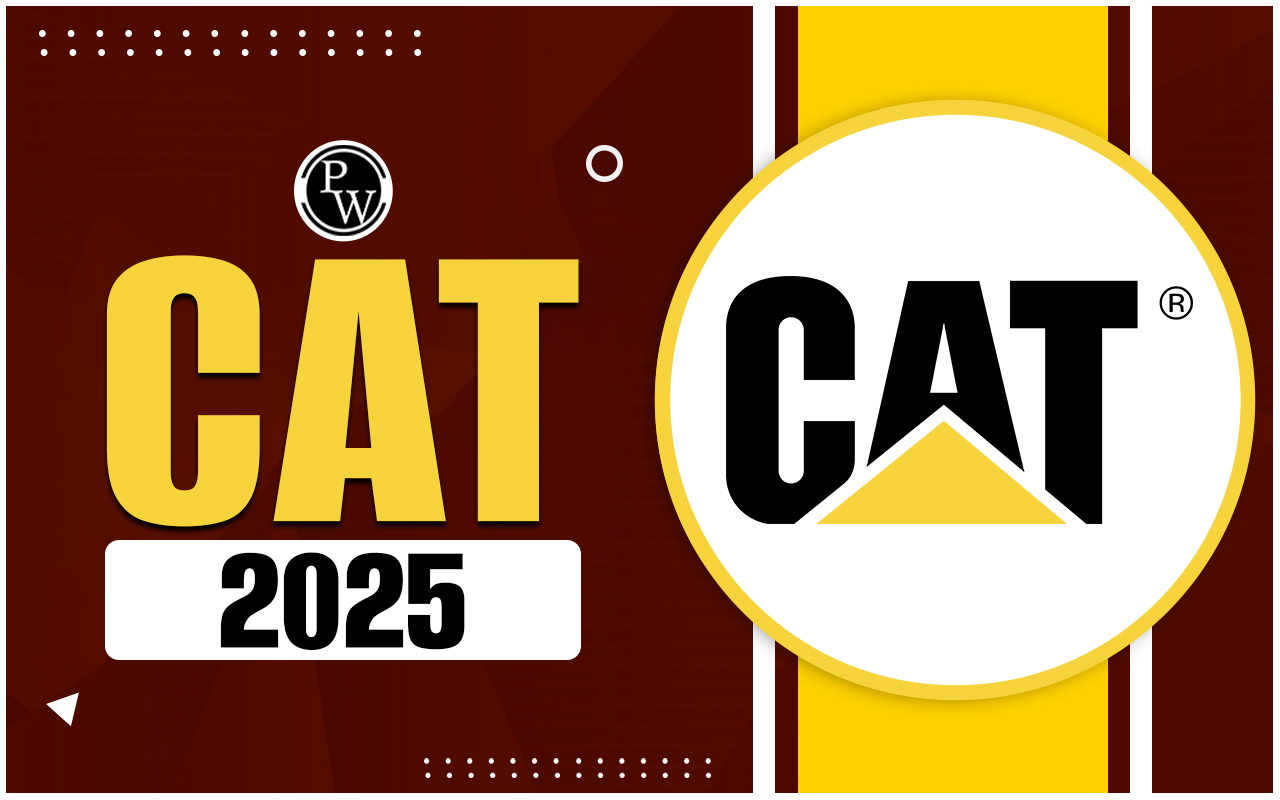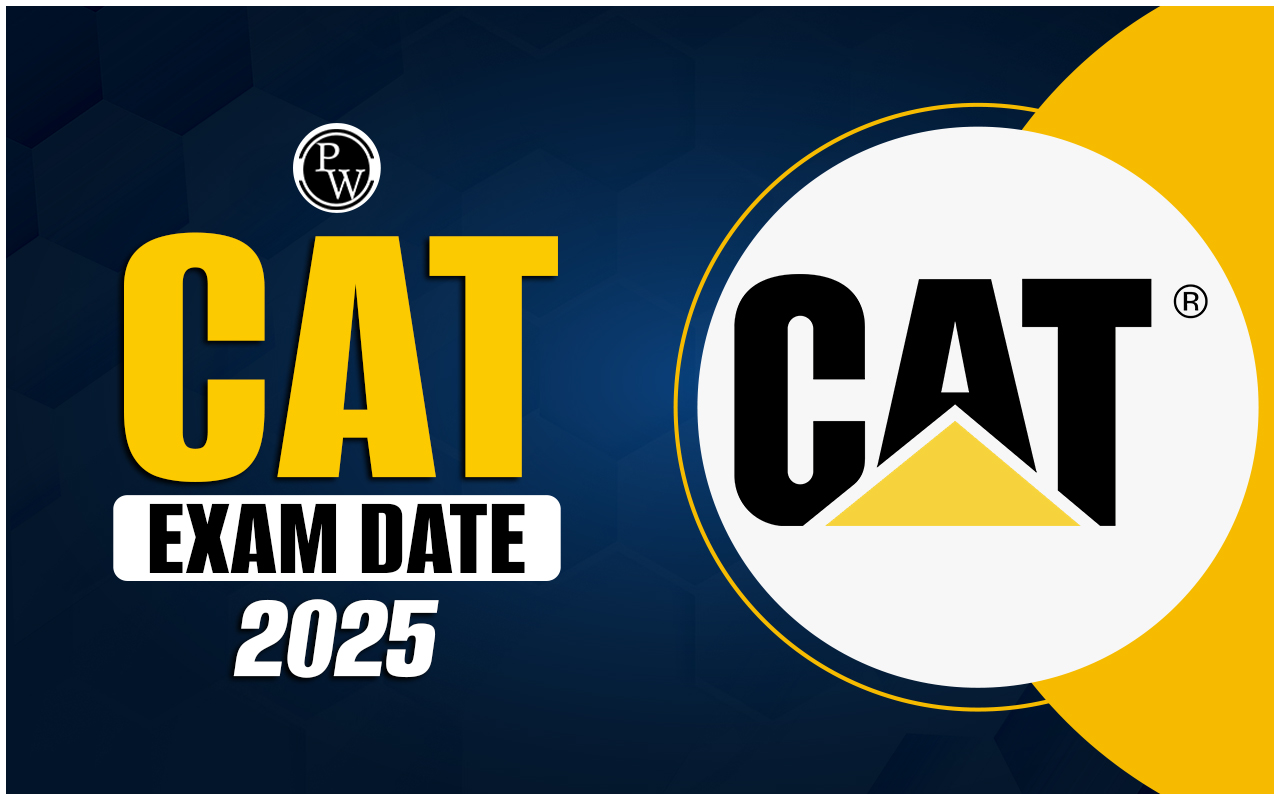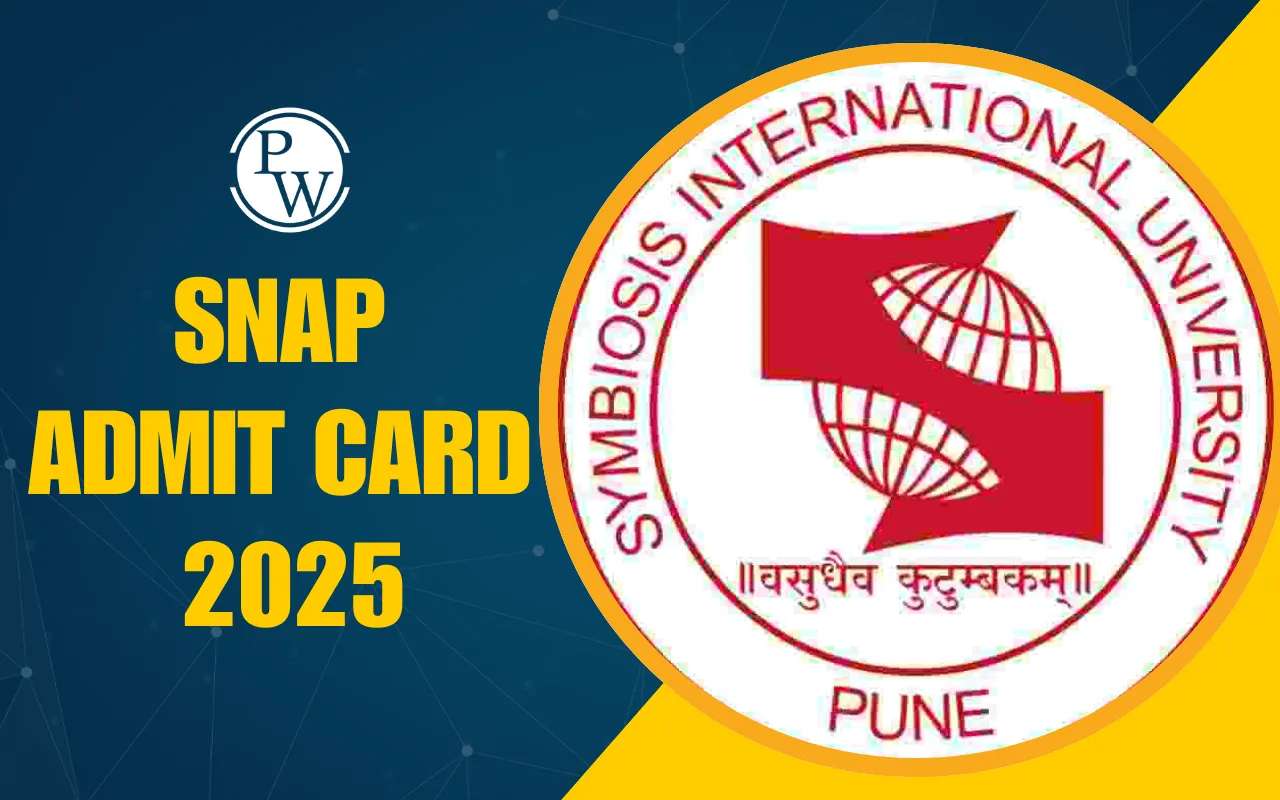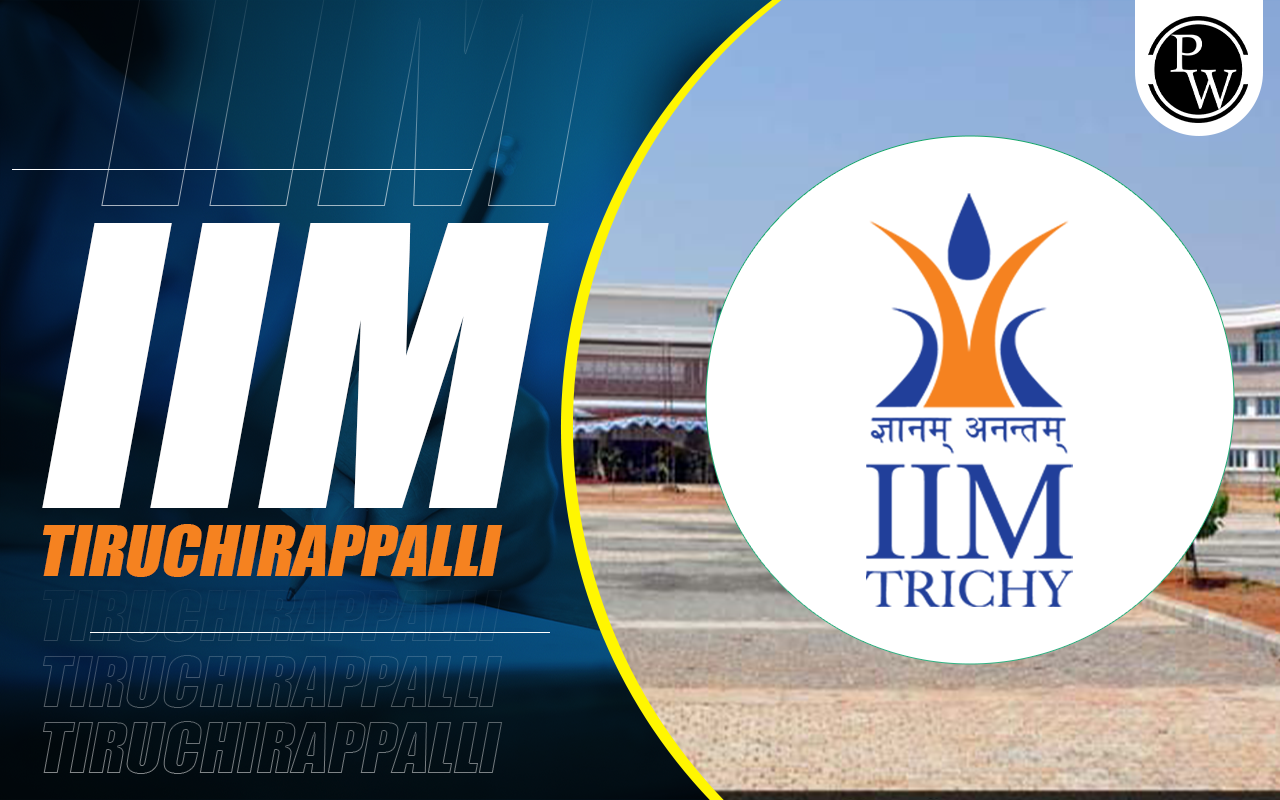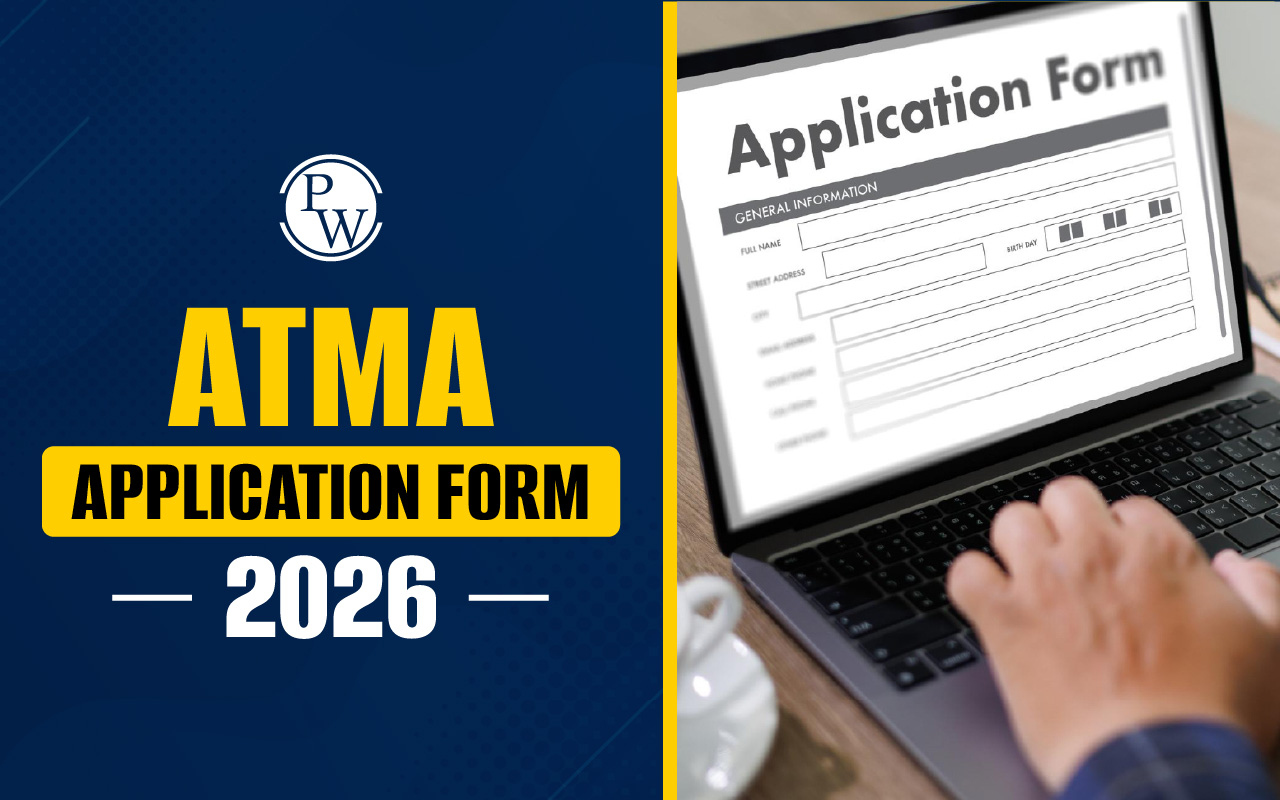
How to Crack XAT Decision Making Section: The Decision Making section makes the XAT exam completely different from other MBA entrance exams. To ace the Decision Making section in XAT, candidates need to analyse the situation presented in the question and select the best solution from the given answer options.
As Decision Making is not similar to any other section, candidates often find it challenging to effectively start the preparation. However, with a strategic preparation plan, candidates can crack the XAT Decision Making section with a good score. This section blends Logical Reasoning with elements of Reading Comprehension. With consistent practice, candidates can sharpen their skills and build confidence.
How to Crack XAT Decision Making Section?
What is XAT Decision Making?
The Decision Making section of the XAT exam comprises lengthy passages that dive into business scenarios and ethical dilemmas. Candidates need to carefully read these passages and answer the questions that demand logical analysis, such as interpreting details, reordering events, or sifting through provided information.
This section primarily aims to evaluate candidates' ability to think critically and solve complex business challenges. Additionally, it requires candidates to select or provide ethical solutions using their interpretive skills. It isn’t just about finding answers; rather, it prioritizes candidates’ capacity to navigate tough choices with clarity.
Types of Decision-Making Questions in XAT
The Decision Making section of the XAT exam includes a variety of question types, each testing candidates in distinct ways. Understanding the structure of the questions in the XAT DM section is essential to strengthen exam preparation.
The following are the most commonly asked DM questions in XAT:
-
Logical Reasoning Based Questions: In these questions, candidates need to use logical thinking to find solutions. These questions assess candidates’ assumptions and conclusions to derive inferences.
-
Data Based Questions: These questions require candidates to use graphs, charts, and data presented in other forms to make decisions. To get solutions to these types of questions, candidates must understand the data and make relevant decisions.
-
Scenario Based Questions: These include practical scenarios related to business or non-business environments. Candidates need to understand the scenario and find the solution to the questions that often come in sets.
Strategies and Tips to Master XAT Decision Making
Success in the Decision Making section of the XAT exam depends on logical reasoning, strong reading comprehension, and strong critical thinking. Here are effective preparation strategies for candidates aiming to excel in the XAT Decision Making section:
Understand the Question
All the questions in the XAT DM section include scenarios that are a bit confusing or challenging to understand. Thus, candidates find it difficult to find the most effective way to get the solution. One way to solve these types of questions requires candidates to understand the details and focus on the requirements of the question.
Choose Ethical Solutions
Ethical decision-making is a crucial aspect of finding solutions to the problem presented in the XAT Decision Making questions. Candidates often face dilemmas where they must balance ethical values with practical outcomes. For example, choosing between maximising profits at the cost of environmental harm or making a socially responsible decision with lower short-term benefits. In such scenarios, one must prioritise ethical choices that also bring long-term advantages.
Use Logical Thinking
Besides ethics, logical reasoning is essential in the XAT Decision Making section. Candidates should analyse facts, consider results, and apply logical thinking to choose the most suitable answer. A structured approach, such as listing pros and cons, can help in making the right decision.
Effective Time Management
Time management is crucial in the XAT exam., particularly when candidates have to solve Decision making questions that are generally time confusing. Since each question requires careful reading and analysis, candidates must avoid spending too much time on a single question. It is recommended that candidates maintain a steady pace to ensure they attempt all the questions within the given time.
Eliminate Wrong Options
Each question in the Decision making section usually comes with four or five answer options. However, all of them are not relevant to the given question. By using critical thinking and ethical reasoning, candidates should try to eliminate the incorrect options. This approach is essential in questions that seem particularly challenging.
Learn from Real-Life Cases
XAT Decision Making questions are often based on real-world business challenges. Reading case studies and understanding business ethics can help candidates to effectively approach such questions and find an accurate solution.
Take Mock Tests
Taking mock tests is one of the best ways to prepare for the Decision Making section. Regular practice helps candidates get familiar with the question patterns, improve time management, and identify areas that need improvement before the actual exam.
Seek Expert Guidance
Candidates can seek expert guidance to understand the question format of the XAT Decision Making section and learn the ways to solve them. For effective guidance, candidates should join MBA Online Coaching, which provides comprehensive classes to explain key concepts and doubt resolution. A consistent competitive environment of coaching classes also encourages candidates to strengthen their preparation and enhance speed with accuracy.
PW MBA Online Coaching offers regular live classes with separate doubt clarification sessions to strengthen candidates’ conceptual understanding. Additionally, faculties of PW MBA Coaching Classes follow a strategic study plan to enhance candidates' exam preparation and help them prepare for the exam effectively.
How to Crack XAT Decision Making Section FAQs
How many decision making questions are in XAT?
How to solve decision making questions in XAT?
What is a good score in XAT decision making?
Are there TITA questions in XAT Decision Making?
What is the difficulty level of the XAT Decision making section?

